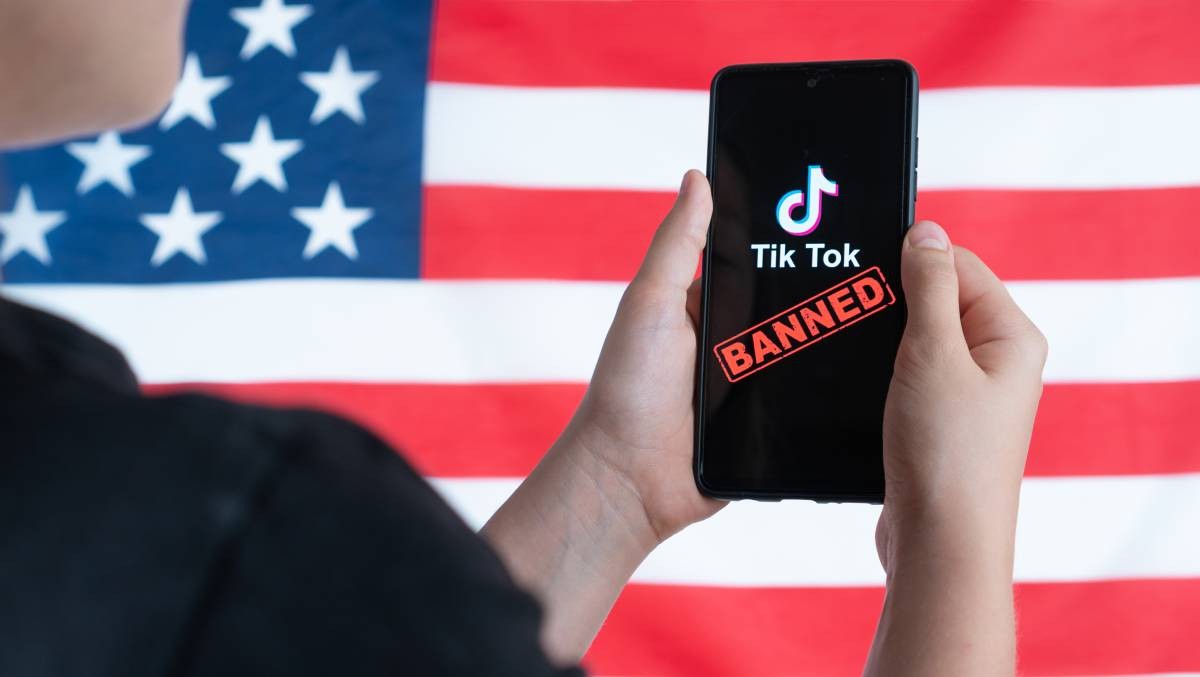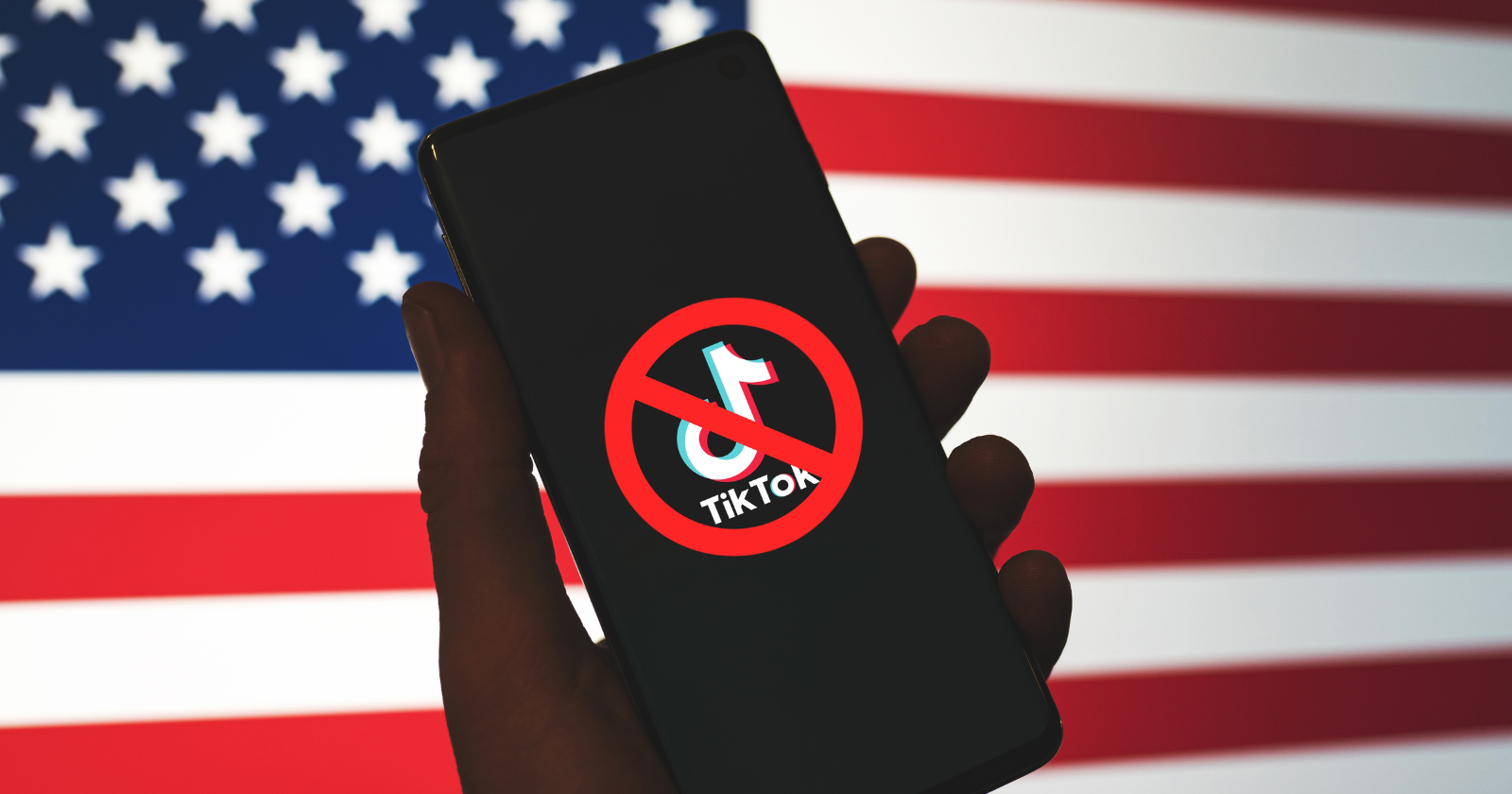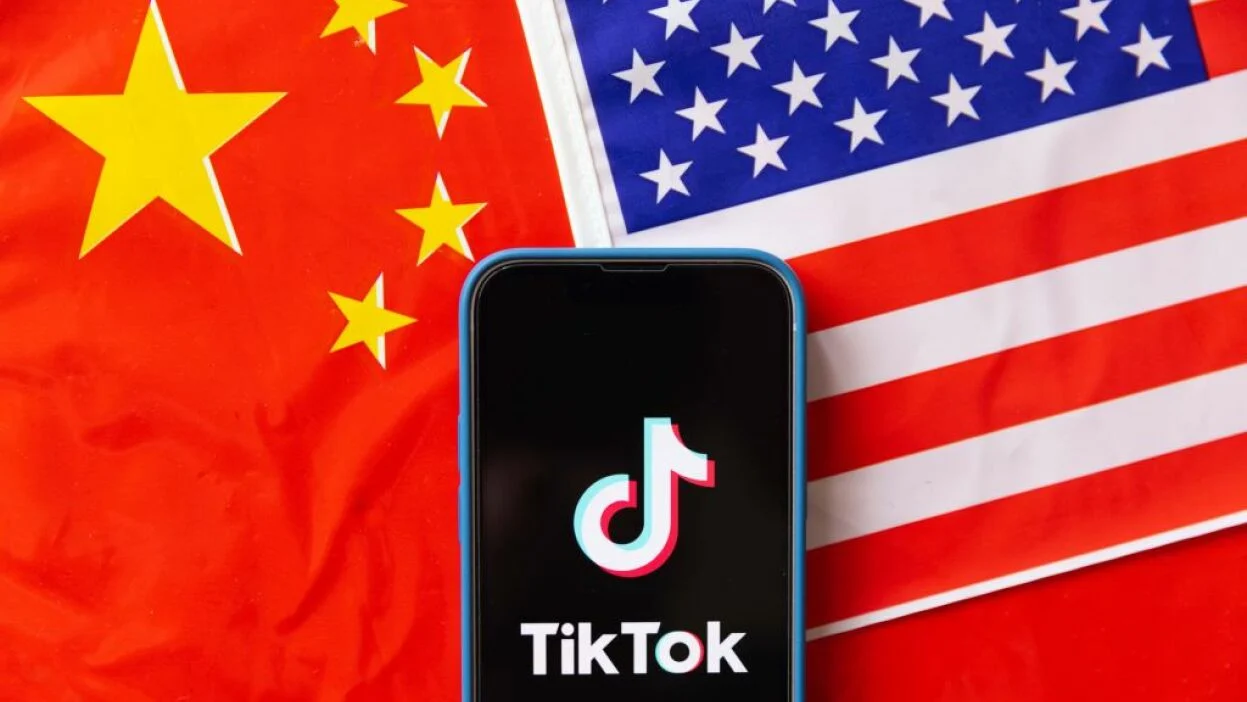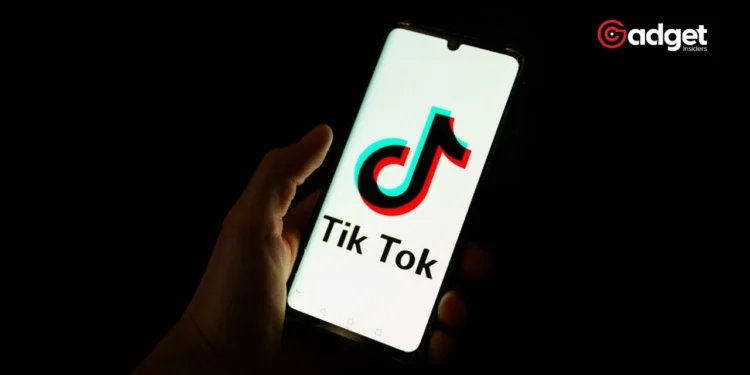TikTok, once a beacon of creativity and escapism during the pandemic’s darkest days, now faces a tumultuous path with the looming threat of a U.S. ban and diminished user engagement. The platform, celebrated for its eclectic content from dance trends to educational snippets, has seemingly lost the magic touch that once captivated millions.

The Rise and Stalemate of TikTok
When the COVID-19 pandemic struck, Americans, including a large demographic of aging millennials, turned to TikTok as a creative outlet and a mental escape. The app provided a delightful distraction with its “For You” page—a feed of algorithmically recommended videos tailored to users’ interests. TikTok was not just a source of entertainment but became a mental health lifeline for many.
The platform was instrumental in teaching valuable skills and offering lighthearted content during an otherwise tumultuous time. Users enjoyed everything from learning sign language and crocheting to indulging in viral dances and the latest memes. However, as the global crisis waned, so did the appeal of endless scrolling. What was once a source of joy has become less satisfying, with users like me noticing a significant decline in content quality and discovery.
Incredible mask-off moment: Romney and Blinken say that the ban of TikTok was directly because "the emotion, the impact of images has a very challenging effect on the narrative", the narrative being "Israel's PR".pic.twitter.com/WkIGTAXG2X
— Arnaud Bertrand (@RnaudBertrand) May 6, 2024
The Algorithm: TikTok’s Asset and Achilles Heel
The cornerstone of TikTok’s success has been its highly sophisticated algorithm. This feature keeps users glued to their screens by curating a seemingly endless stream of videos that are precisely aligned with their interests. However, this algorithmic magic has started to lose its luster. The content feels less serendipitous, more predictable, and sometimes overwhelmingly niche, leaving users out of the loop on new trends or memes they used to enjoy.
The shift in content delivery and quality has prompted users and creators alike to voice their frustrations. The platform’s focus on promoting new features like TikTok Shop—an in-app shopping experience—has only added to the discontent. This pivot towards commercialization has overshadowed the original charm of the platform, making it feel more like a marketing tool rather than a space for genuine creativity.

Navigating a Potential U.S. Ban
Amidst these internal challenges, TikTok faces an external threat that could redefine its future. The recent U.S. congressional mandate, requiring the app to be sold to an American company to avoid a ban, poses a significant challenge. This decision reflects growing concerns over privacy, data security, and the influence of foreign entities on American digital spaces.
The potential ban has stirred a sense of urgency among TikTok’s content creators. Echoing the demise of Vine, creators are now pondering their future on the platform and exploring other social media sites to sustain their digital presence and income. This shift is indicative of the broader instability facing social media platforms, where changes in user engagement or legislative landscapes can rapidly alter their trajectory.

TikTok’s Legacy and the Future of Short-Form Video
Regardless of its fate, TikTok has undeniably set a high standard for short-form video content. Its impact on the social media landscape and its role in shaping a new generation of digital content creators will be lasting. Competitors like Instagram Reels and YouTube Shorts continue to chase the engagement and creativity that TikTok has mastered, albeit without the same level of success.
As we look to the future, the demand for short-form video content will persist, with or without the platform. The platform has catalyzed a shift in consumer behavior, emphasizing the desire for quick, engaging, and accessible content. This evolving landscape presents both challenges and opportunities for existing and emerging platforms to capture the magic that once defined the app.
In conclusion, TikTok’s journey from a viral sensation to facing potential extinction is a testament to the volatile nature of digital platforms. The app’s ability to adapt to user preferences and regulatory demands will likely determine its longevity and legacy. As the digital community waits to see what the future holds, one thing remains clear: the era of short-form video is far from over.










